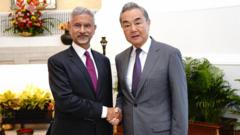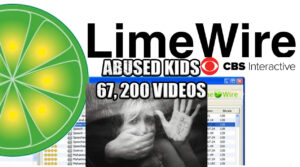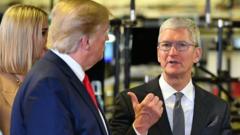Sony has announced a price increase for its PlayStation 5 gaming consoles in the US, effective August 21. The shift comes as the company confronts rising operational costs and a declining gaming market. This move reflects the broader economic climate influenced by existing US tariffs, particularly those imposed by former President Donald Trump on various trading partners, including Japan.
Sony Increases PlayStation 5 Prices Amid Ongoing Tariff Challenges

Sony Increases PlayStation 5 Prices Amid Ongoing Tariff Challenges
Sony's price rise for PlayStation 5 consoles reflects broader economic pressures and tariff fears.
The new pricing structure will see the base model of the PlayStation 5 priced at $499.99, up by approximately $50 (£37.16), while the high-end Pro model will now retail for $749.99. This decision was articulated by Isabelle Tomatis, VP of global marketing for Sony Interactive Entertainment, who noted the ongoing "challenging economic environment." While the prices for accessories will remain the same, this is part of a broader trend seen in the industry, wherein companies such as Nintendo and Microsoft have also increased their prices due to inflation and tariff impacts.
Furthermore, Japan's exporters are currently held to a steep 15% tariff on their goods sold to the US. Earlier this year, Sony had similarly raised prices in Europe, citing inflation and currency fluctuations. Other sectors are also feeling the pinch; for instance, Adidas recently indicated that US tariffs could lead to significant losses and subsequent price hikes. Major retailers, like Home Depot, have warned of possible price increases linked to these import taxes as the overall economic repercussions of tariffs continue to unfold.
In light of these developments, US consumers may need to brace themselves for more price adjustments in various product categories, as companies adjust their pricing strategies in response to ongoing tariff challenges.
As the gaming market evolves, stakeholders will be watching closely to see how consumer sentiment and spending behavior will be affected by these ongoing price increases and the economic landscape.
Furthermore, Japan's exporters are currently held to a steep 15% tariff on their goods sold to the US. Earlier this year, Sony had similarly raised prices in Europe, citing inflation and currency fluctuations. Other sectors are also feeling the pinch; for instance, Adidas recently indicated that US tariffs could lead to significant losses and subsequent price hikes. Major retailers, like Home Depot, have warned of possible price increases linked to these import taxes as the overall economic repercussions of tariffs continue to unfold.
In light of these developments, US consumers may need to brace themselves for more price adjustments in various product categories, as companies adjust their pricing strategies in response to ongoing tariff challenges.
As the gaming market evolves, stakeholders will be watching closely to see how consumer sentiment and spending behavior will be affected by these ongoing price increases and the economic landscape.






















